
by Sandra Gulland | Apr 1, 2018 | Mistress of the Sun, Questions Readers Ask, The Game of Hope, The Shadow Queen, The Writing Process |
Readers often ask, “What’s next?” The answer to that question depends on when the question is asked, of course. What follows is an evolving diary, begun many, many years ago.
A reader wrote some time ago:
Are you going to write more stories about the court of the Sun King?
Yes!
You did such a great job with the historical details and as I have studied Louis XIV and his court— there are plenty of interesting stories to tell (including the adventures of the Princess Palatine, even La Grande Mademoiselle and Lauzun, a couple that united even after a prison term and old age only to break up over greed).
Indeed! By the way, I love La Grande Mademoiselle, but have yet figured out how to tell her story.
You could even do a trilogy of Louis XIV’s Mistresses— you’ve done La Vallière, next could be Montespan, then Maintenon (the king’s mistress, then second wife).
I believe she’s onto me.
Or a novel on Princess Henrietta as she has a tragic back story with her father being killed, her brothers Charles and James, and she had several romances during her marriage to her cousin Monsieur that are interesting reading, including one lover who was her husband’s boyfriend who falls for Henrietta and became a master of disguise to see her at any cost (De Guiche–who visited her as a fortune teller, a litter bearer and in a domino so he could romance her in Philippe’s presence at a masked ball).
What wonderful suggestions these are. Henriette would indeed be a fantastic subject.
I especially love the De Guiche stories, and in fact wrote many scenes of him hiding in the fireplace and disguised as a fortune-teller, etc., but these scenes, like many, many others, now reside in my cut file.
What I wrote in answer to this letter above:
I am considering writing a novel about Athénaïs (Montespan), but it might focus on her first engagement more than her relationship to the king. I’m not sure. It could also be a story told from the point-of-view of Des Oeillets, her maid who was the go-between between Athénaïs and Voisin, the convicted poisoner.
As this reader points out, there are a wealth of wonderful stories to be told. The hard part is choosing. It took me eight years to write Mistress of the Sun because I kept changing perspectives. I even included the unforgettable Mademoiselle at one point.
I did, in fact, eventually choose to tell the story of The Shadow Queen from the point of view of Des Oeillets (Claudette).
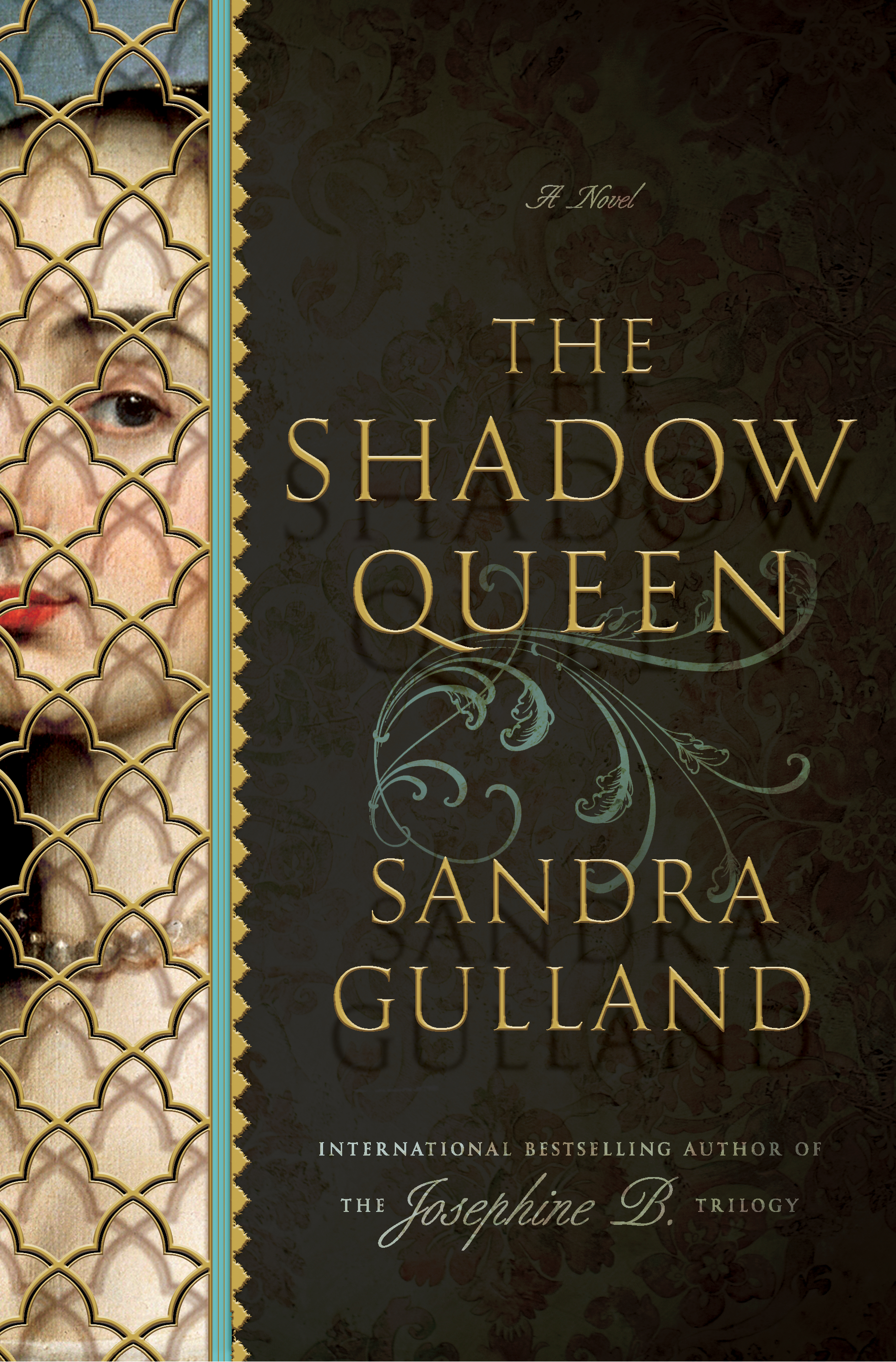
But to answer, “What’s next?” I am writing a Young Adult novel based on the teen years of Josephine’s daughter Hortense. I am back in the Napoleonic world!
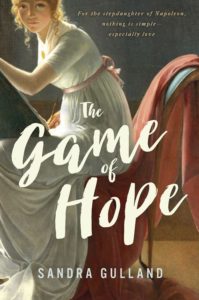
It’s Easter 2018, and Hortense’s story, The Game of Hope, will soon be published in Canada, two months later in the U.S.
As for what’s next? I’m writing — or, at least I think I’m writing — a novel about a teen, a girl falconer in Elizabethan England.
That story about Mademoiselle at the Court of the Sun King continues to haunt me, however. Might that be next next?
{Photo at top is by Evan Dennis on Unsplash.}SaveSave
SaveSave
SaveSave
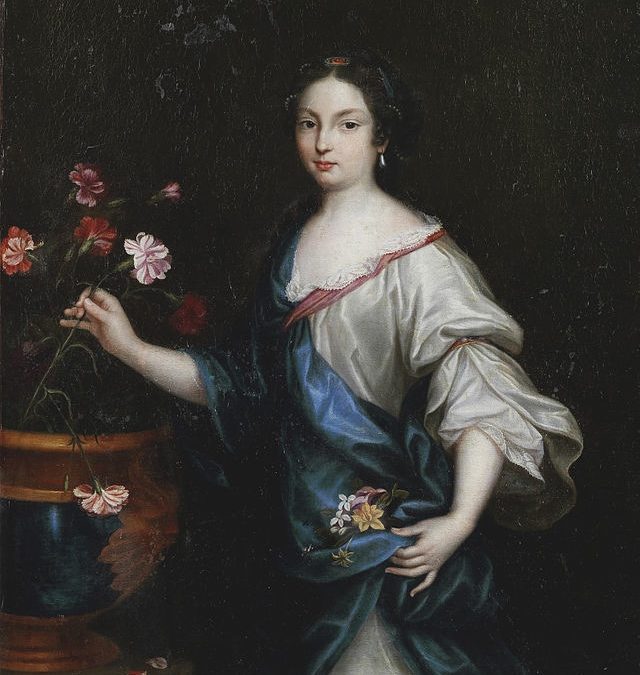
by Sandra Gulland | Mar 31, 2018 | Questions Readers Ask, Resources for Book Clubs, Resources for Readers, The Shadow Queen, The Sun Court Duet |
{Portrait of Claude des Oeillets}
The main character of my novel The Shadow Queen is Claude des Oeillets (dit Claudette), an impoverished young woman from the world of the theater. Socially scorned and denounced by the church, she lives on the fringes of society. As the daughter of a theatrical star, she exists in her mother’s shadow.
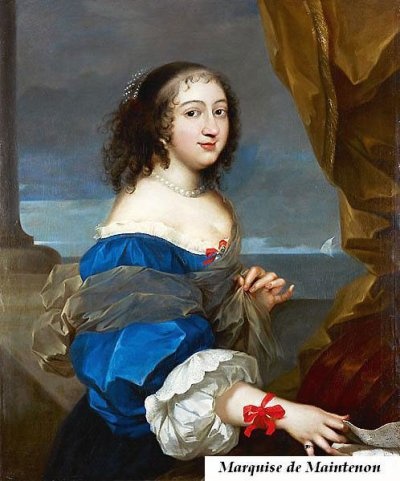
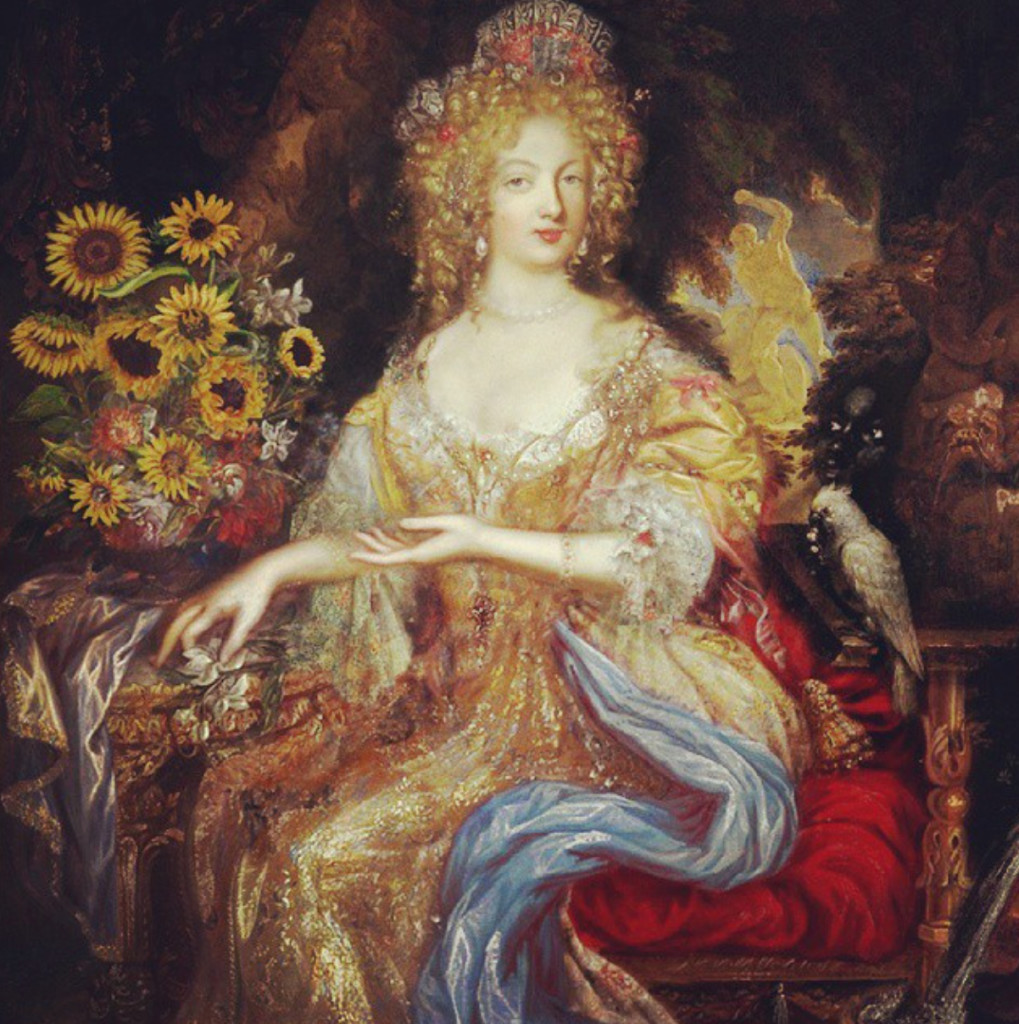
{Portraits of Madame de Montespan}
In contrast, Athénaïs, Madame de Montespan, lives at the heart of high society. She becomes Claudette’s obsessive passion, seeing in her a perfect life—a life without hunger and fear, a life of ease and beauty. Athénaïs’s life is everything Claudette’s is not.
While my other Sun Court novel, Mistress of the Sun, is set largely at Court, in both novels I am exploring the dynamic edge where court and ordinary life meet, with often explosive, unpredictable results. The Shadow Queen is about many things, but at its heart is the relationship between these two woman, Claudette and Athénaïs, who are close in age and share many of the same interests, yet are worlds apart. Claudette envies Athénaïs’s wealth; Athénaïs envies Claudette’s freedom, her life in the theater. Over time, they become dependent upon one-another. As Athénaïs’s devoted maid, Claudette is willing to do anything for her—up to a point.
It’s at that point that Claudette must step out of the shadows—and into the light of her own life.
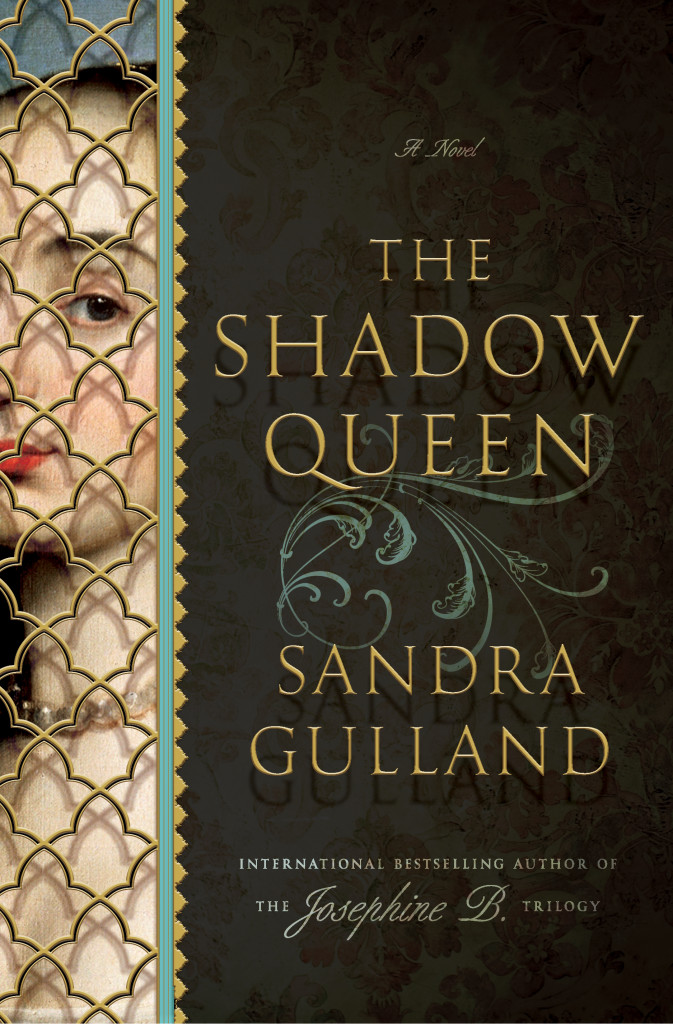
Over the five years I was writing this novel, I considered many titles. In the end, I felt that the title The Shadow Queen metaphorically captured the spirit of this story on a number of levels.
As part of the theatrical world, Claudette lives in the shadows of society. When she joins Athénaïs at court, she becomes the shadow of the official “Shadow Queen.” The story is very much about the ever-fascinating Athénaïs, but it is also about Claudette’s “dark” obsession with her and what Athénaïs represents, an obsession that leads Claudette into the shadow-side of that opulent world, a world of corruption and black magic, the shadow-side of want and hunger.
Who, then, is queen of shadows? Officially, of course, it is Athénaïs, but it could be others as well—Madame Voisin, for example, a woman who fulfills dark wishes, and even our “Good Knight” Claudette.SaveSave
SaveSave
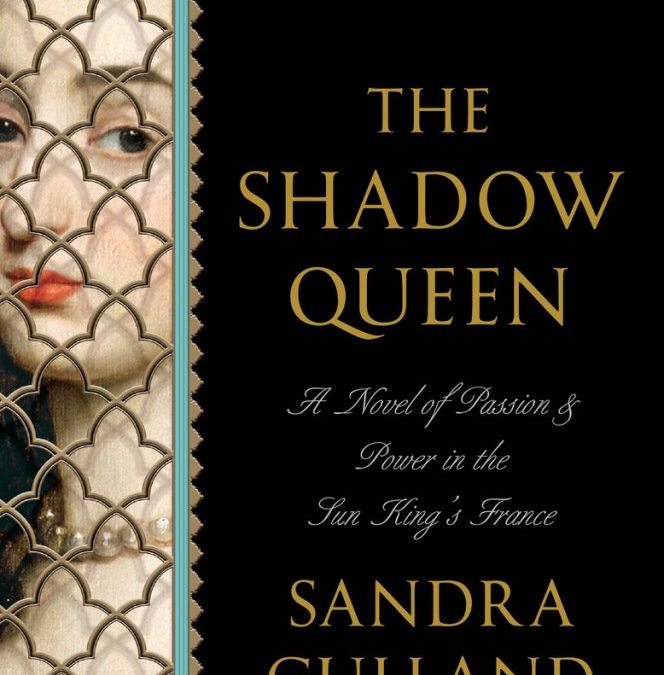
by Sandra Gulland | Mar 30, 2018 | Publication, Questions Readers Ask, Resources for Book Clubs, Resources for Readers, The Shadow Queen |
A significant number of early reviewers of my new novel THE SHADOW QUEEN have expressed displeasure with the title; they feel it is misleading. They expected the novel to be the story of the Sun King’s official mistress, Athénaïs, Madame de Montespan, a position often referred to as “the shadow queen.” The title led readers to believe that they were going to get one story, when in fact they got another. I apologize if they feel that they were mislead.
These readers were responding to the Advance Readers’ Copies (“ARCs”) of the novel. The hardcover, with cover-flap copy, will make it clearer what, in fact, the story is about, and I hope that this will dispel some of the confusion.
Why that title?
But to address the concerns of some of my readers: Why have I titled this novel The Shadow Queen?
The main character of the novel is Claude des Oeillets (dit Claudette), an impoverished young woman from the world of the theatre. Socially scorned and denounced by the church, she lives on the fringes of society. As well, as the daughter of a theatrical star, she exists in her mother’s shadow.
In contrast, Athénaïs, Madame de Montespan, lives at the heart of high society. She becomes Claudette’s obsessive passion, seeing in her a perfect life, a life without hunger and fear, a life of ease and beauty. Everything Claudette’s life is not.
The novel is about many things, but at its core is the relationship between these two woman, Claudette and Athénaïs, who are close in age and share many of the same interests, yet are worlds apart. In the end, they become dependent upon one-another. Claudette, as Athénaïs’s devoted and even start-struck servant, is willing to do anything for her—up to a point.
And it’s at that point that Claudette must step out of the shadows—and into the light of her own life.
Over the five years I was writing this novel, I considered many, many titles. In the end, I was very happy with the title The Shadow Queen, a title enthusiastically embraced by a group of 50 writers, a number of whom had read the novel and felt that it was appropriate.
I am touched by the passionate concern of my readers, even when critical. Of course I have been both surprised and disquieted that some have objected. I personally feel that the title The Shadow Queen captures the spirit of this story on a number of levels. Claudette exists in the shadow of her mother, a drama queen. When she joins Athénäis at court, she becomes her shadow, the shadow of the official “Shadow Queen.” And, although the story is very much about the ever-fascinating Athénäis—as well as about Claudette’s obsession with her and all that she represents—it’s really a metaphorical title, more than a literal one.

by Sandra Gulland | Jul 22, 2014 | Adventures of a Writing Life, Questions Readers Ask, The Writing Process |
I explained in an earlier post what the Writers’ Blog Tour is about. Basically, writers answer the same four questions:
I’ve answered first three questions (click each item above), and so, for today, here’s the final one:
How does my writing process work?
Ah, process: that’s what it’s all about, and frankly, the process itself is always in process. Here’s what mine is now:
Researching, I make a basic timeline of events. (For details on my research process, click here.)
Using these facts, and creating events as needed, I work for some time on a scene-by-scene plot, which usually ends up on index cards. I consider this stage the imaginative first draft.

Of late I’ve been a fan of the outlining structure set out in Blake Snyder’s Save the Cat: the last book on screenwriting you’ll ever need. It’s short and to-the-point.
Then I have a close look at the characters: what is each character’s role in the story? Who is a mentor? Who is a villain? For this analysis I am heavily influenced by Christopher Vogler’s The Writer’s Journey: Mythic Structure for Writers.
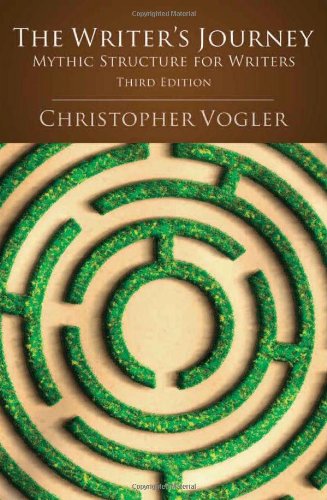
And then, of course, I revise the plot, and then go back to the research, and revise again. Etc. etc. etc.
And then I write the first draft. I set a goal of 1000 or 1500 words a day (less on holidays), clock in with a word count, add the 1000 or 1500, and clock out when that word count is met. At that point I can do whatever I want— revise, research, email—so long as I’ve met my commitment for the day, every day.
This process is very much a crash race to the words, “The End.” Forward momentum is everything. I think of Anne Lamott’s mantra: “I am responsible for quantity; God is responsible for quality.” I’ve found that the scene-by-scene plan is very reassuring, although I often wander off course.
And then it’s revise, revise, revise, which takes years. I like Ariel Gore‘s description of the process as shampoo and rinse, shampoo and rinse. In other words, fatten, then trim. Over and over.
I rarely go back and look at the plot, although I probably should. The story deepens in surprising ways; research, which is on-going, sparks both inspiration and despair (when what is discovered ruins the plot!). At some point, immersion is necessary, I find … in fact, that’s where I am now with the Young Adult novel I’m writing, and hence I’ve been a bit slow to post this last question.
I was invited to join the tour by the wonderful literary writer, teacher, coach and editor Merilyn Simonds.
And now, in turn, I’ve invited Lauren B. Davis (author of Our Daily Bread, The Empty Room, for starters) and Catherine McKenzie (author of Forgotten, Hidden, Spin) to come on board. I’m very much looking forward to reading how these two writers answer the questions.
Each writer tagged to join the Tour posts answers to the same four questions on their blog. They might post answers all at once, or one at a time, whatever suits. They also provide links to the posts of writers who came before.












